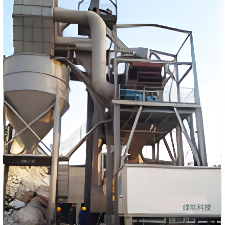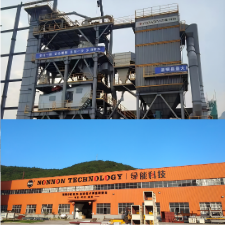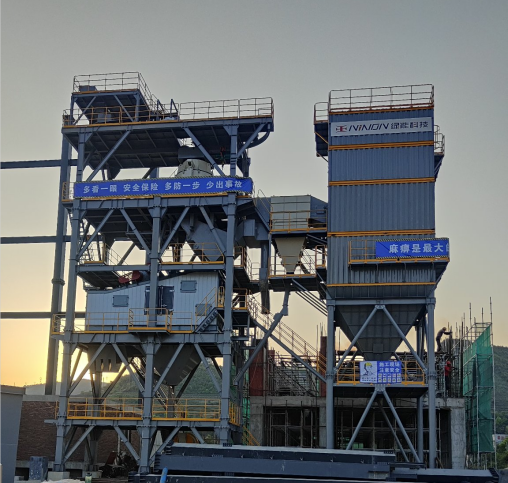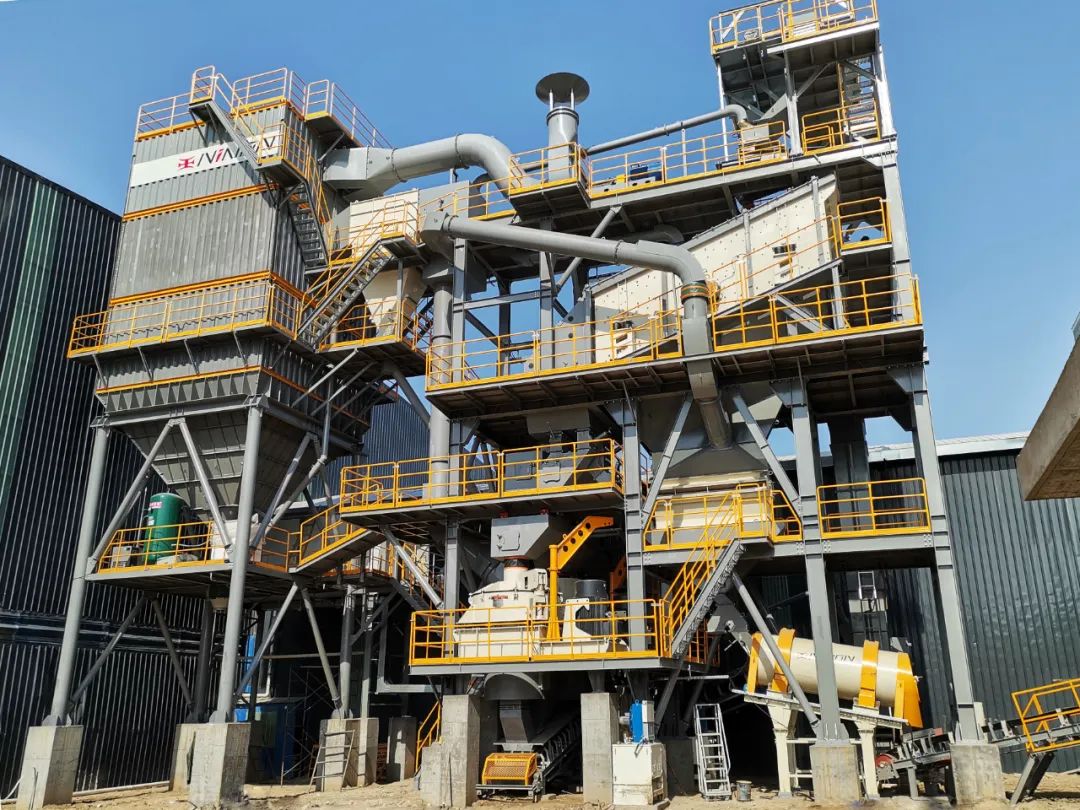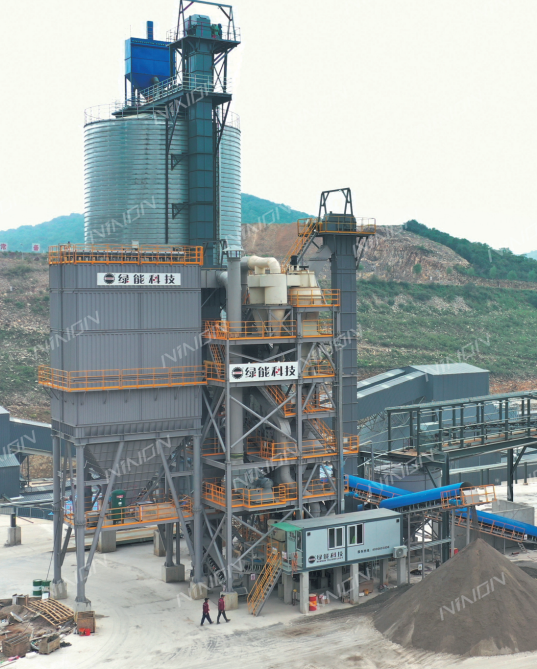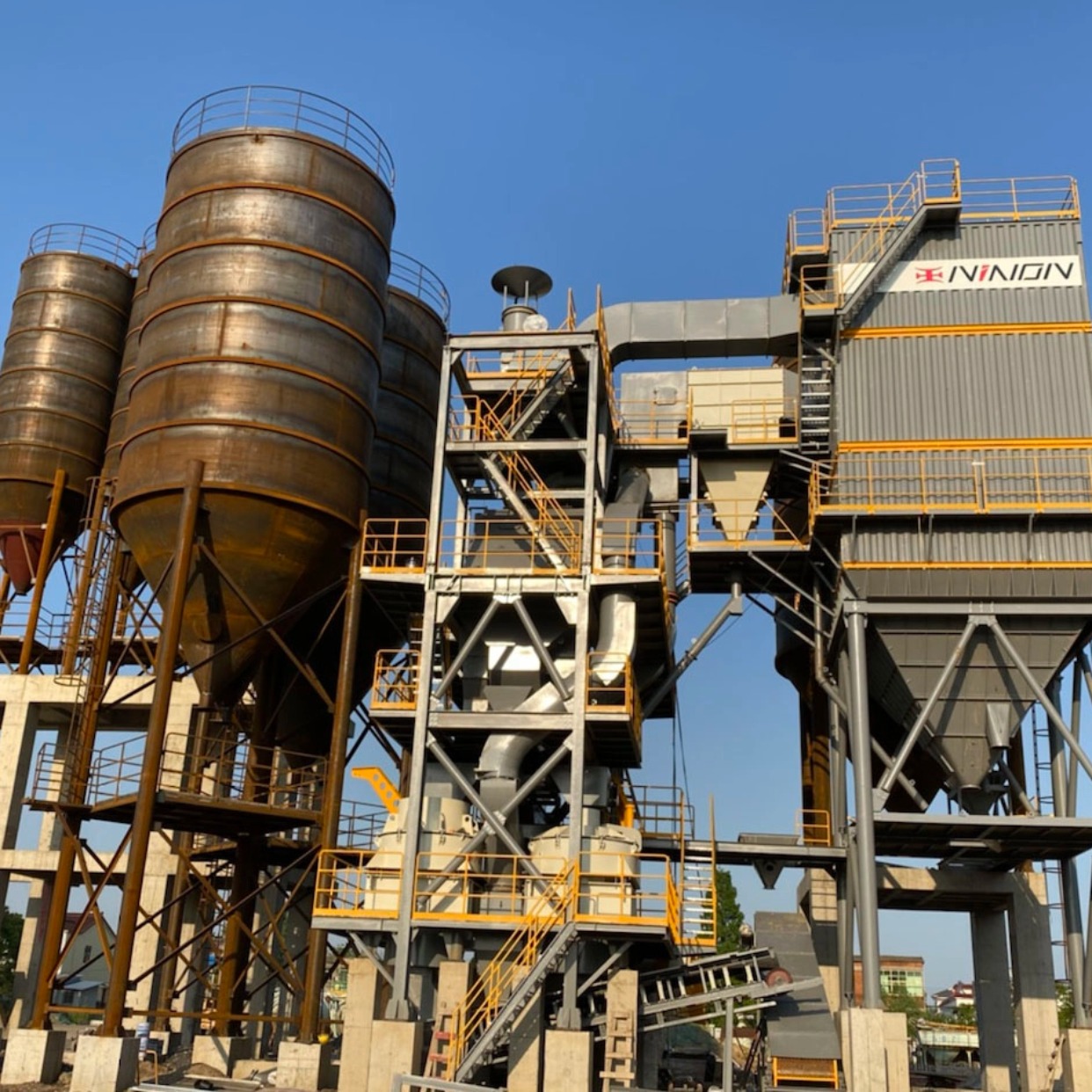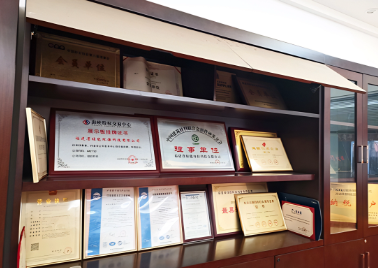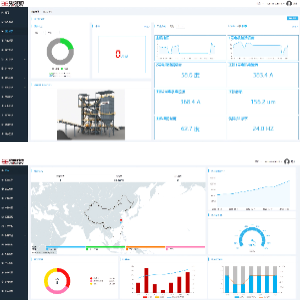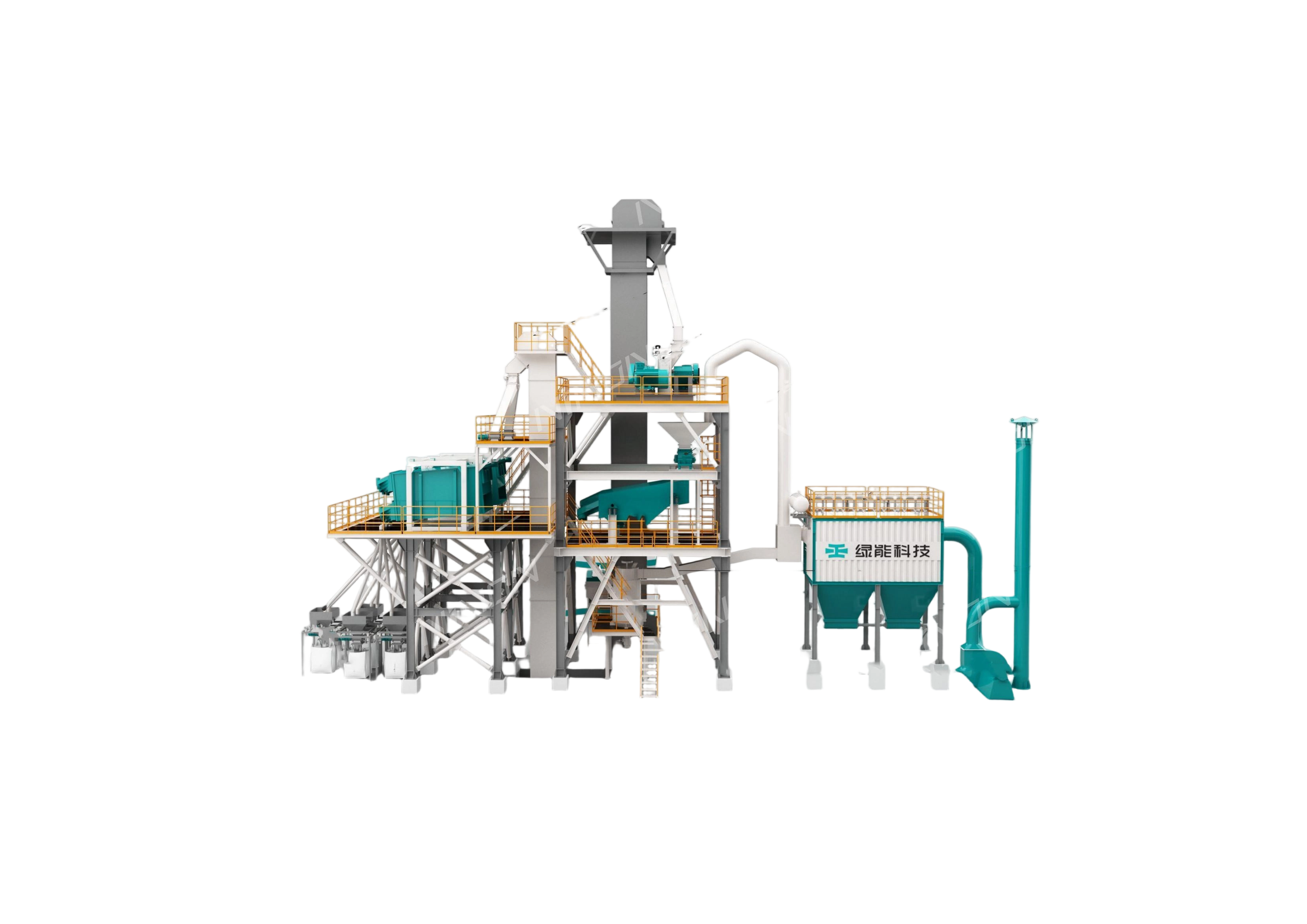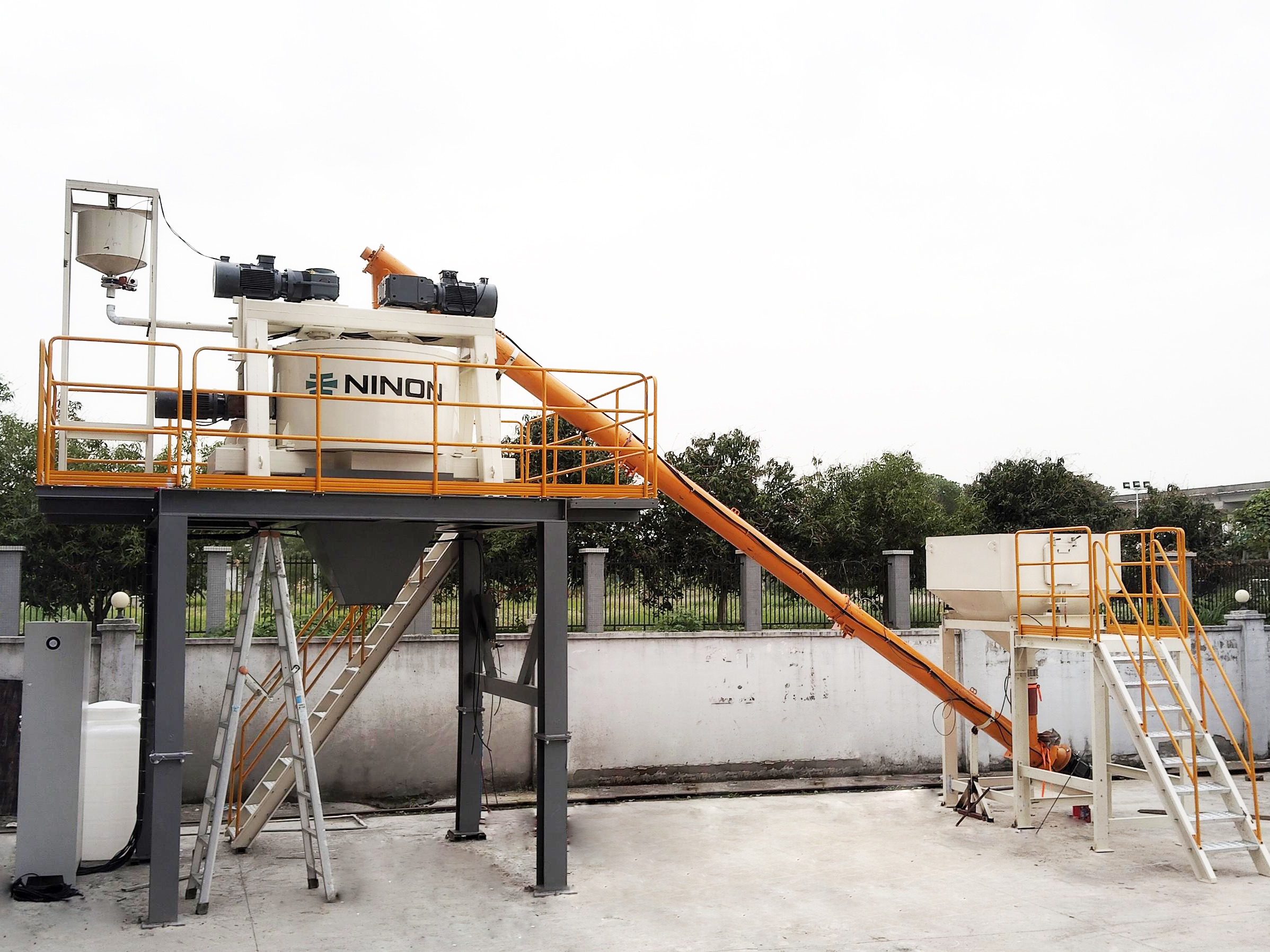

 Post Requirements
Post Requirements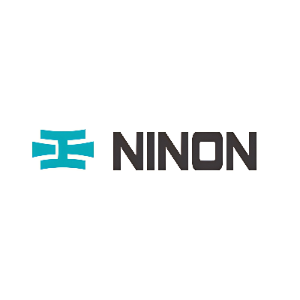

 Post Requirements
Post Requirements
Product information
Key Features
1. High-Efficiency Material Feeding
(1)Waterfall-style Distribution
The vibratory feeder ensures uniform material flow by creating a waterfall-like discharge, driven by dual vibration motors. This design of Vibratory Bowl Feeder prevents material buildup and guarantees consistent feeding.
(2)Large Processing Capacity
With an adjustable throughput range of 50–800 t/h, the vibrating feeder is suitable for medium to high-capacity production lines, making Vibratory Bowl Feeder ideal for demanding aggregate, mining, and industrial applications.
(3)Anti-Clogging Design
The vibratory feeder use dual-motor synchronized reverse rotation, the vibrating feeder eliminates material blockages and is capable of handling sticky or moist materials like clay and tailings. Adjustable grizzly bars (spacing from 20–100 mm) further help prevent large material blockages.
2. Intelligent Vibration Control
(1)Variable Frequency Drive
The Electromagnetic Vibrating Linear Feeder allows vibration frequencies to be adjusted between 10–25 Hz, adapting to different material properties like particle size and moisture content.
Equipped with a PID closed-loop control system, the amplitude automatically adjusts according to the material level in the hopper, preventing overloading or idling.
(2)Energy Efficiency
High-efficiency motors of Vibratory Bowl Feeder reduce energy consumption by up to 30% compared to conventional equipment. Standby power consumption is below 0.5 Kw, meeting industrial energy-saving standards.
3. Durability and Wear Resistance
(1)Reinforced Structure
The vibrating feeder trough is constructed from 16Mn steel (10–20 mm thick), with wear-resistant NM400 liners at critical points. Rubber-steel composite springs provide shock absorption and fatigue life of over 50,000 hours.
(2)Low Maintenance Requirements
Fully enclosed bearing housings (IP65-rated) are designed by Vibratory Bowl Feeder for dusty environments. The vibratory feeder motors are maintenance-free and do not require lubrication, minimizing daily upkeep.
4. Smart Monitoring and Safety Protection
(1)Real-Time Monitoring System
Built-in vibrating feeder sensors constantly monitor the operation of the Vibratory Bowl Feeder, with automatic alarms triggered in case of abnormal vibration.
Remote maintenance access (via 5G/IOT) allows integration with central control platforms.
(2)Multiple Safety Features
Overload protection automatically shuts down the vibratory feeder when current limits are exceeded. Temperature monitoring triggers an alert if motor temperature of vibrating feeder rises above 75°C.
These features make Electromagnetic Vibrating Linear Feeders intelligent, safe, and energy-efficient solutions for modern industrial feeding needs.
Range of Configuration

1.Vibrating feeder are widely used in various industries for consistent, automated material handling and feeding. The primary application of Vibratory Bowl Feeder is to transfer bulk materials from storage units (like hoppers or bins) to crushers, screens, conveyors, or other processing equipment in a controlled and uniform manner.
2.In the mining and aggregate industries, a vibratory feeder is used to feed large rocks, ores, or gravel into primary crushers, ensuring smooth and uninterrupted operation. In sand production lines, vibratory feeder helps evenly distribute material to crushers or vibrating feeder like high-frequency screens for further classification.
3.In manufacturing and assembly processes, especially in electronics, automotive, and consumer goods industries, Vibratory Bowl Feeders are commonly used for sorting, orienting, and feeding small parts such as screws, caps, or components with high precision. The vibratory feeder is essential for high-speed assembly lines requiring consistent part orientation and placement.
4.Electromagnetic Vibrating Linear Feeders are particularly suitable for precise feeding of fine materials in food processing, pharmaceuticals, chemicals, and packaging industries. The ability of vibratory feeder to control feed rate accurately makes them ideal for batching, weighing, or dosing applications.
5. In recycling and waste management, the vibrating feeder such as Vibratory Bowl Feeder is used for the separation and feeding of plastic, metal, and glass components in recycling facilities.
Product Detailed

1.Feeding Trough / Pan
The main surface of vibrating feeder on which the material moves can be flat, tubular, or U-shaped and is often made from wear-resistant materials like 16Mn steel or lined with NM400 plates for durability.
2.Vibration Drive System
(1)Vibration Motors (for Electromagnetic Vibrating Linear Feeder): Typically dual motors that generate synchronized counter-rotating motion.
(2)Electromagnetic Drive (in Electromagnetic Vibrating Linear Feeders): Provides precise, adjustable frequency control for accurate material flow.
Includes:
3.Base Frame
A rigid steel structure that supports the vibrating feeder trough and houses the vibration isolation components. It must be strong enough to withstand continuous dynamic loads.
4.Springs / Isolators
Typically made of rubber or a composite of rubber and steel, these absorb vibrations and prevent transmission to the surrounding structure.
5.Control System
Includes frequency converters (VFD), PID controllers, or PLC interfaces, particularly in modern vibratory feeder, to adjust vibration amplitude and frequency in real time.
6.Grizzly Bars (Optional)
Used in heavy-duty vibratory feeder to pre-screen large materials. Adjustable spacing (20–100 mm) helps remove oversized lumps before primary crushing.
7.Sealed Bearing Units
Bearings are enclosed in IP65-rated housings for Vibratory Bowl Feederusing in dusty environments, common in mining and aggregate operations.
8.Sensors and Safety Components
Vibration sensors, temperature sensors, and overload protection systems are built into advanced vibratory feeder for intelligent monitoring.
On-site View
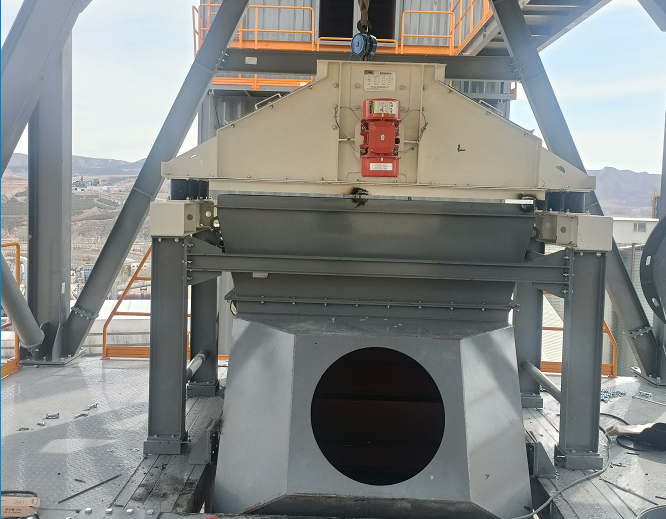







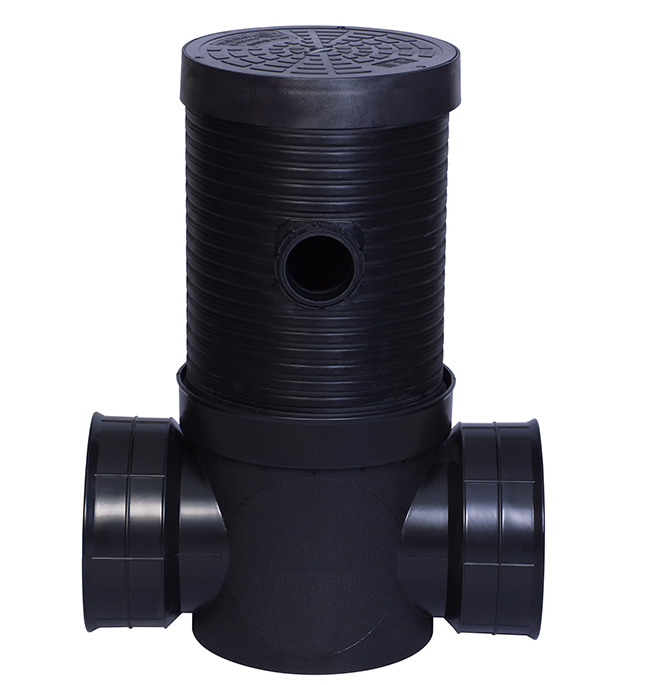
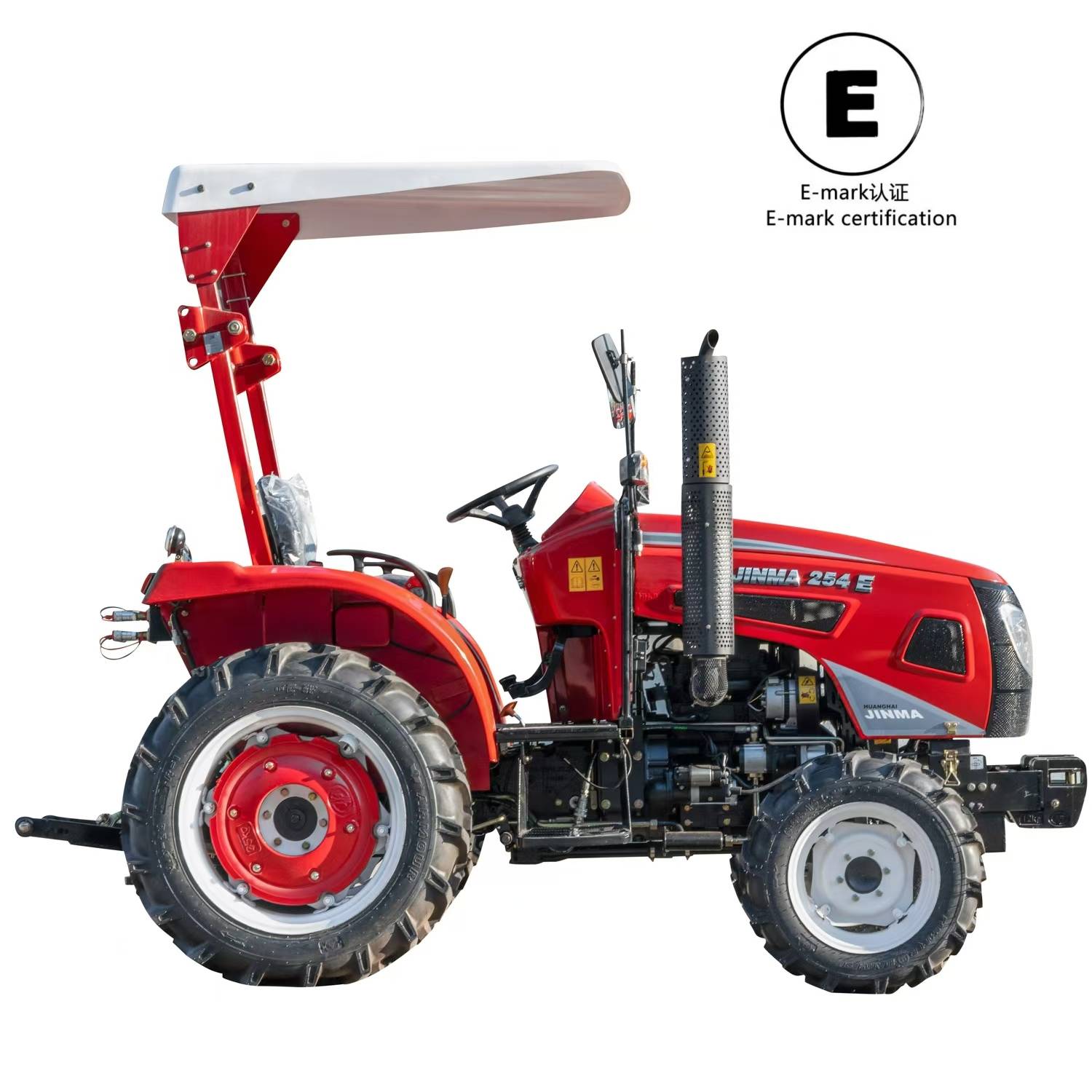
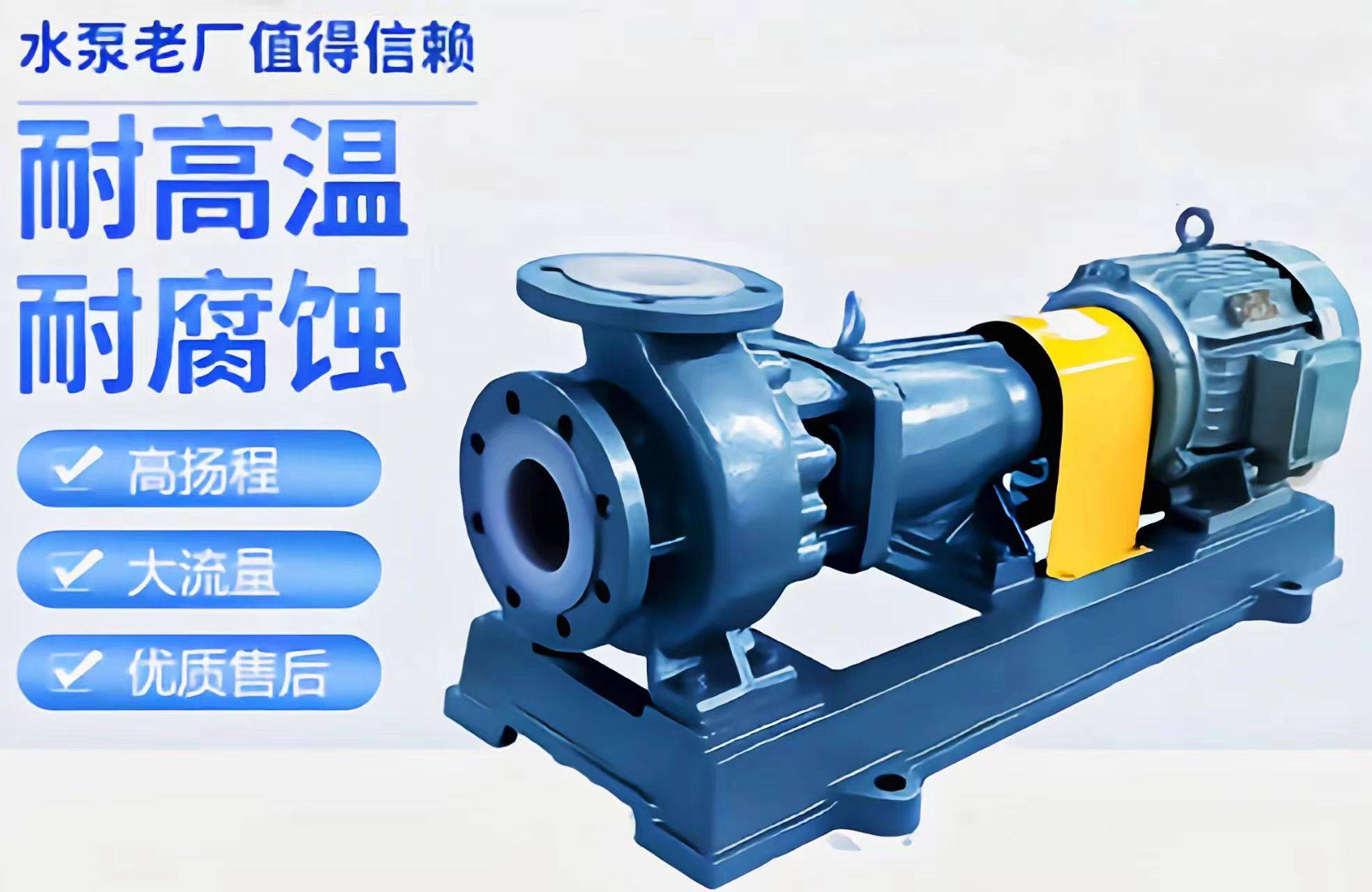
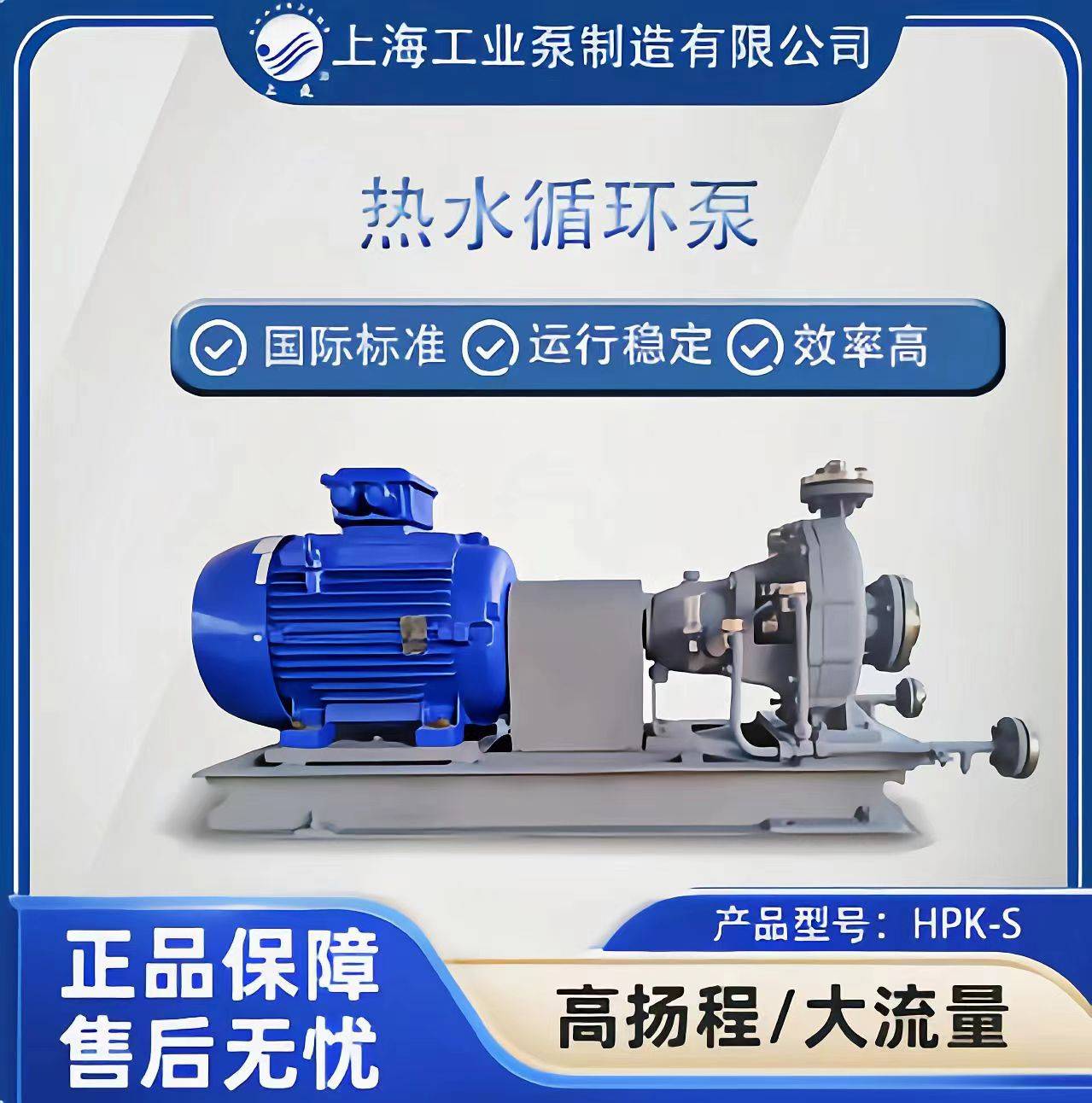
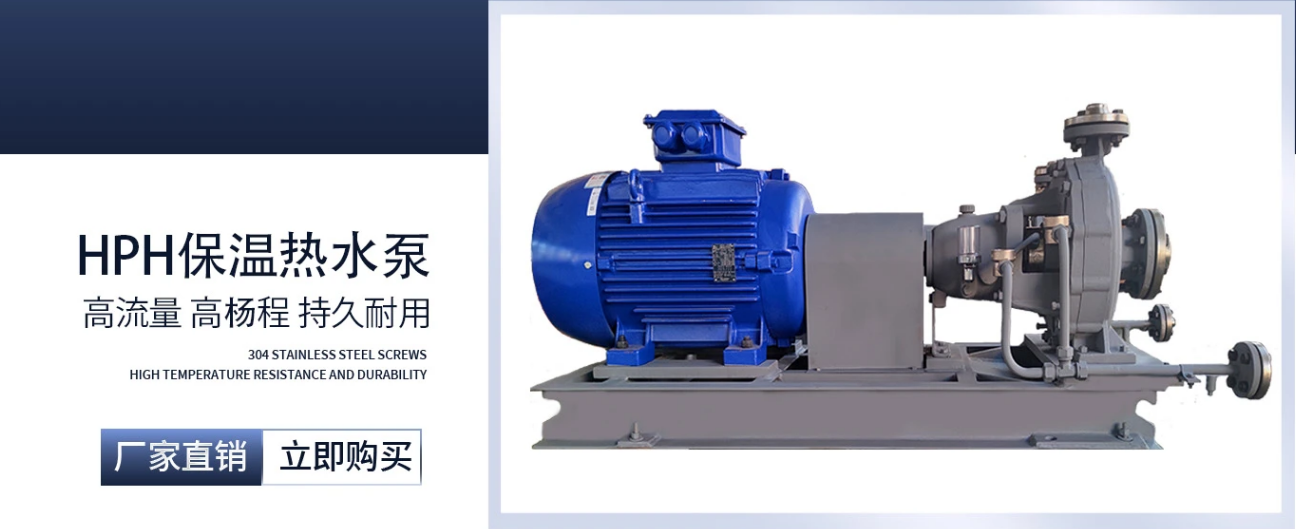
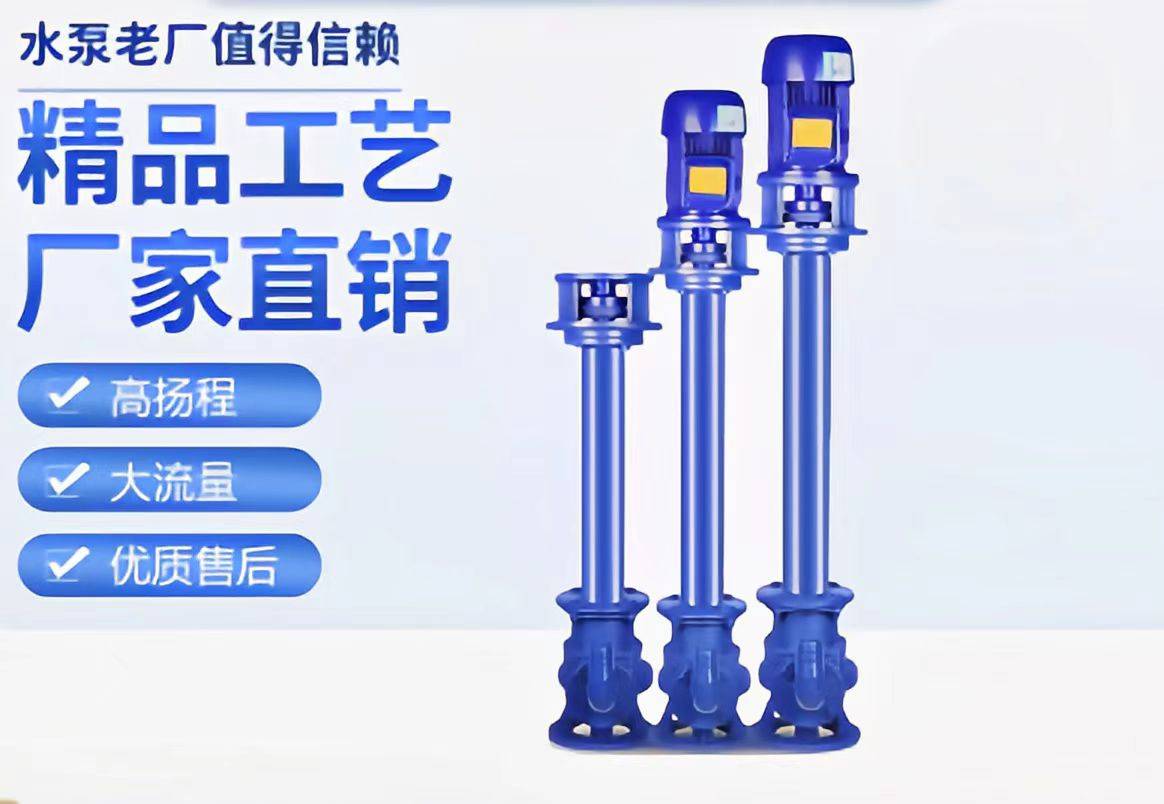
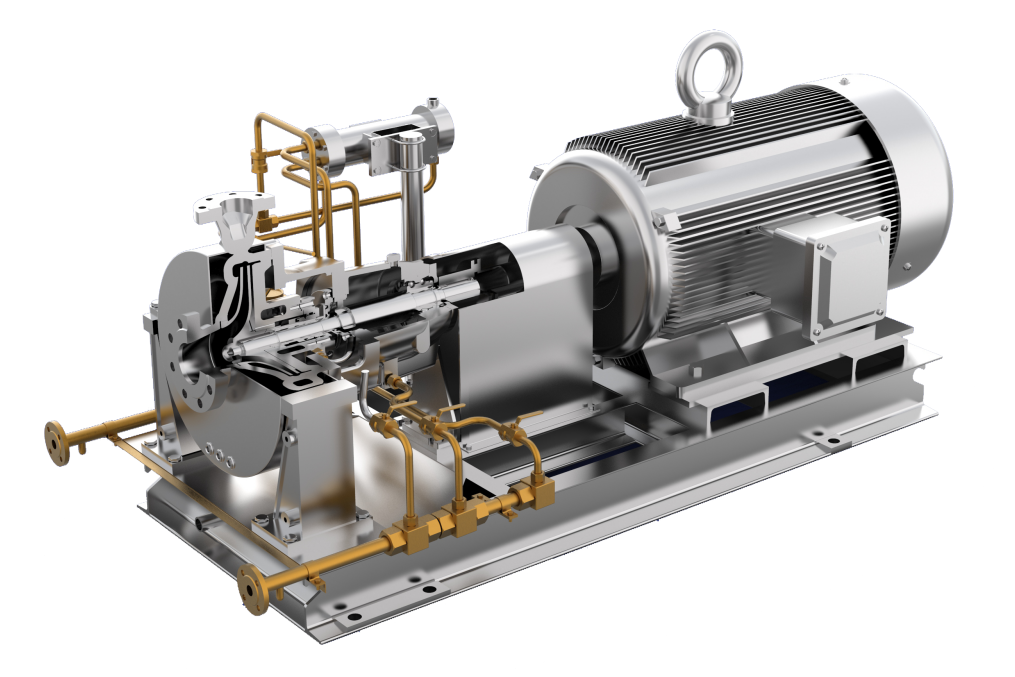
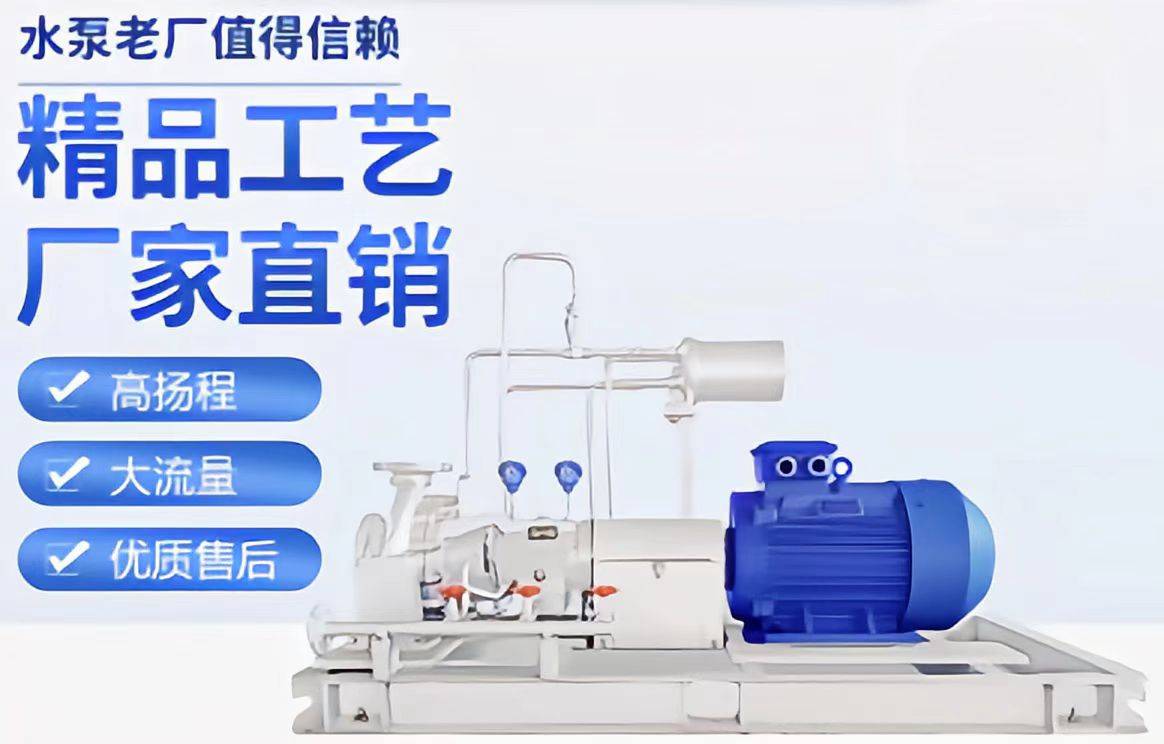
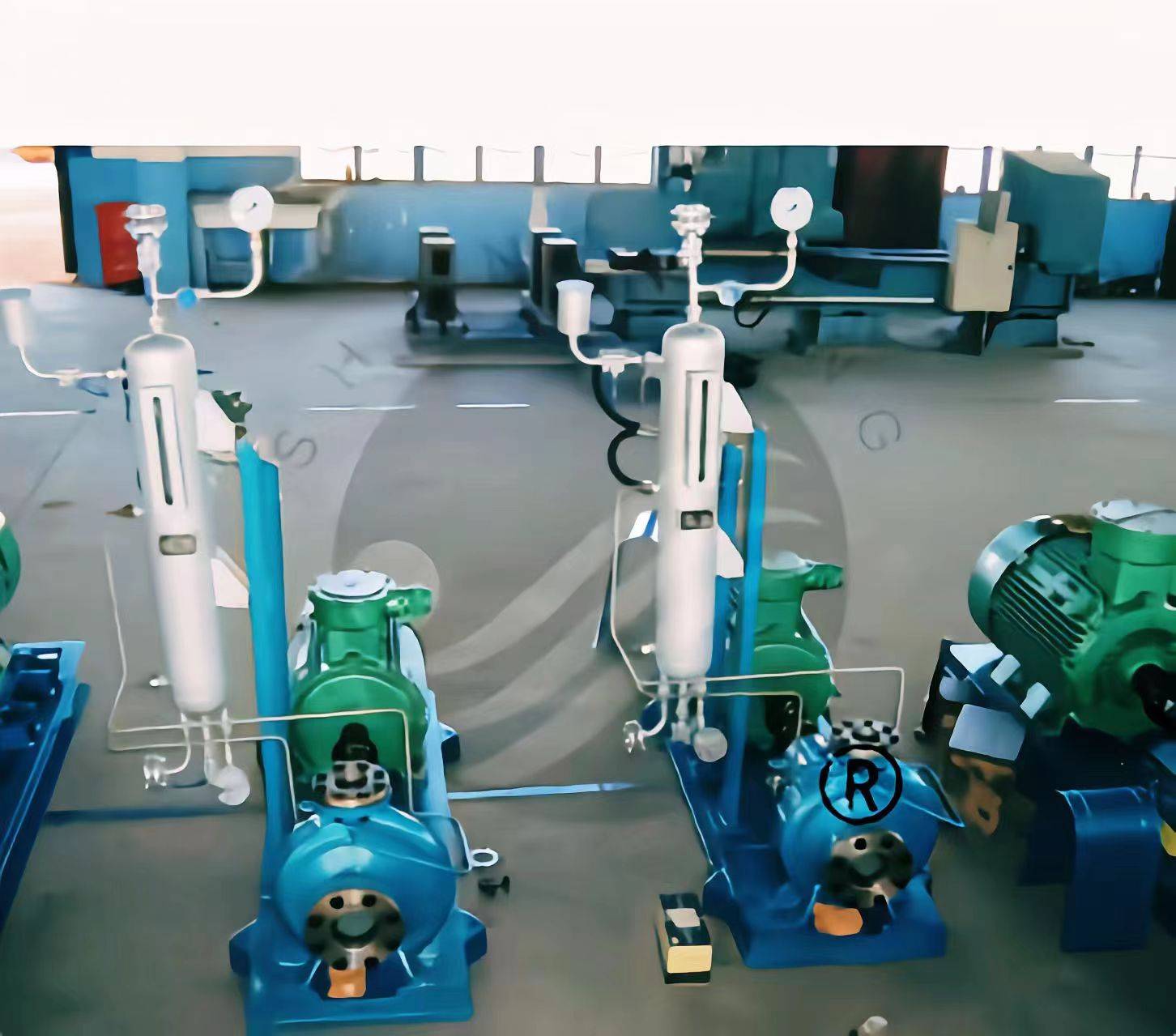
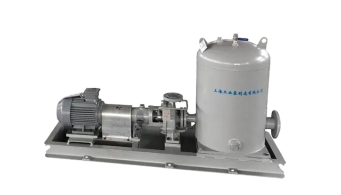



 Search
Search



